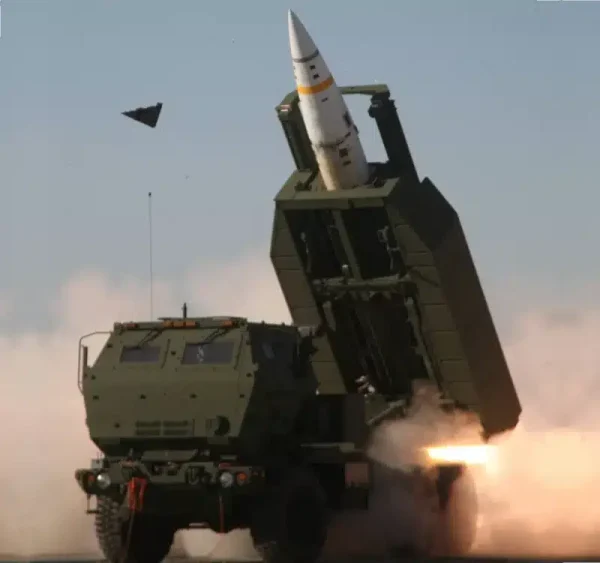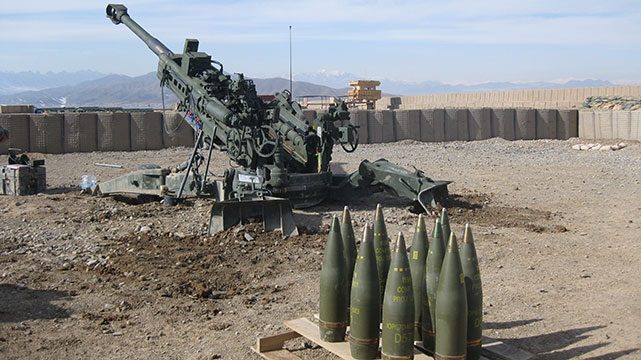As the current war in Ukraine drags on, the pace of U.S. and Western aid has fallen short of Ukraine’s consumption demands.
As Ukraine faces difficulties in securing weapons, the U.S. Senate recently passed $95.34 billion in aid to Ukraine and Israel on April 13.
The support was confirmed with 70 votes in favor and 29 against. Ukrainian President Zelenskyy sent a message on X (formerly Twitter), stating that “U.S. support brings nearly just peace in Ukraine and restores global stability, promoting security and prosperity in all free worlds.”
The aid was also passed by the U.S. House of Representatives on April 20, ending a half-year-long Ukraine aid-related struggle which almost pushed Ukraine to its limitation.
This support proves that the current confrontation between Authoritarianism and democracy has intensified, with the U.S. message that it will engage more deeply in the Ukraine conflict.
In particular, the aid package passed by the U.S. Congress includes several advanced weapons loans, along with additional support for ATACMS, the short-range ballistic missile that Ukraine badly wanted to receive from the U.S.
The Army Tactical Missile System (ATACMS), also known as the short-range ballistic missile, is a tactical ballistic missile with a range of 186 miles manufactured by U.S. defense contractor Lockheed Martin.

This weapon system is what Ukraine said they desperately needed, and is considered a so-called game changer, having the ability to decimate four soccer fields worth of area by using long-range capabilities to hit the deep Crimea and mainland Russia
Previously, ballistic missiles were under consideration. The U.S. had been voicing concern that Ukraine’s attack on the Russian mainland risked escalating war, but on Oct. 17 of last year, ATACMS was actually supported by the US and were used in combat.
On that day, Ukrainian President Zelansky said, “[The U.S.] is proving itself very accurately,” adding, “I would like to express my special thanks to the U.S. today.”
In addition to the aid passed by the U.S. Senate, the U.S. also has a $1 billion arms aid package being prepared by the Biden administration.
“Against the threat posed by the U.S. and Western allies, Russia will continue to improve its military and increase production of weapons and military equipment,” countered Sergei Shoigu, Russia’s defense minister.
Such weapons aid is said to also play a role in facilitating the modernization of equipment that the U.S. military has long delayed due to budget issues.
By providing Ukraine with unimproved weapons manufactured during the Cold War stored by the U.S. military, it is possible to replace such old equipment faster and cheaper.
As a result, if the U.S. supplies old weapons, Ukraine can temporarily resolve the shortage of weapons, and the U.S. is in a sort of win-win strategy, in which both sides enjoy the enormous benefits of military modernization
It is heavily speculated that U.S. aid for Ukraine will continue in the future, especially with weapons systems support and subsidy for humane and territorial defense operations.



















